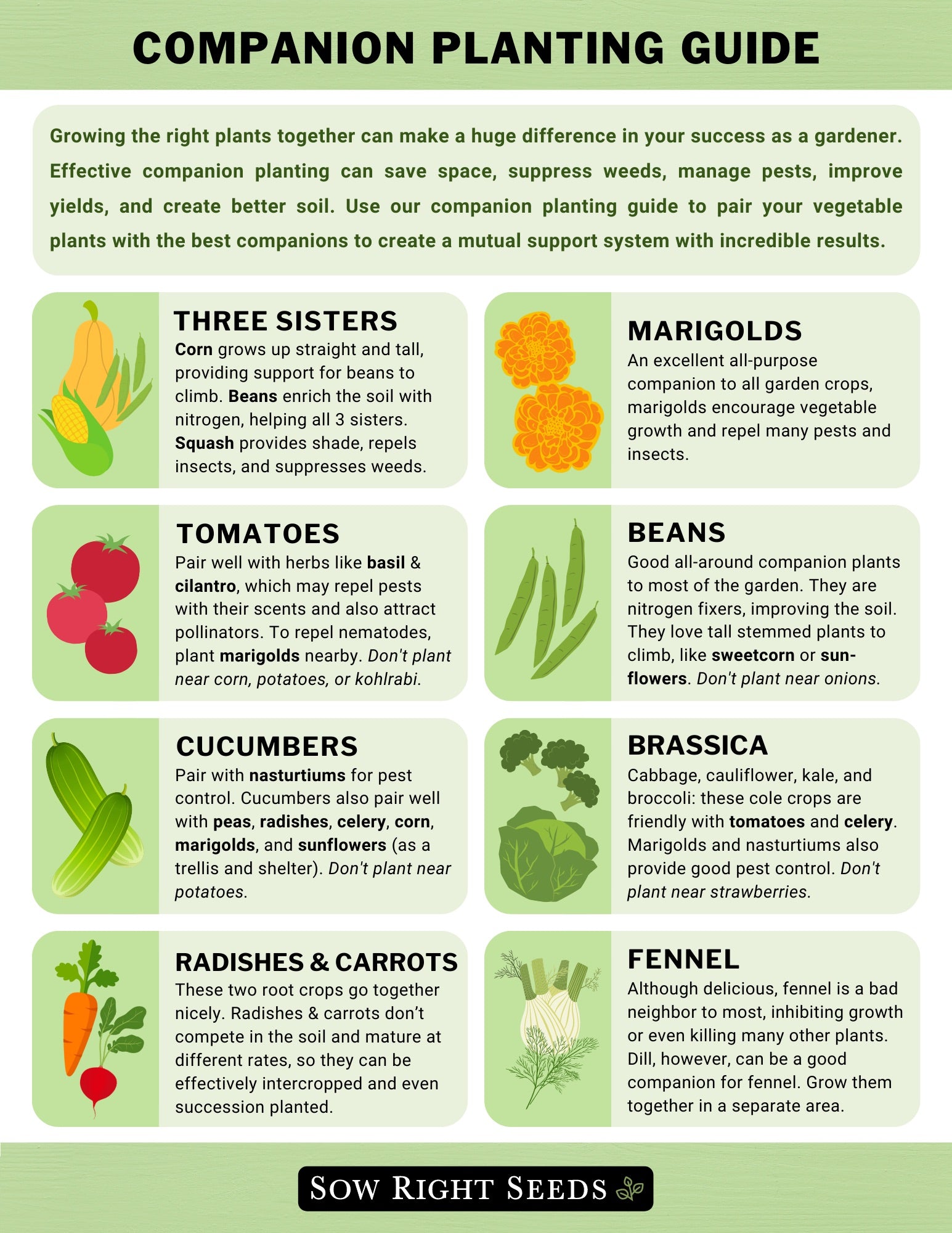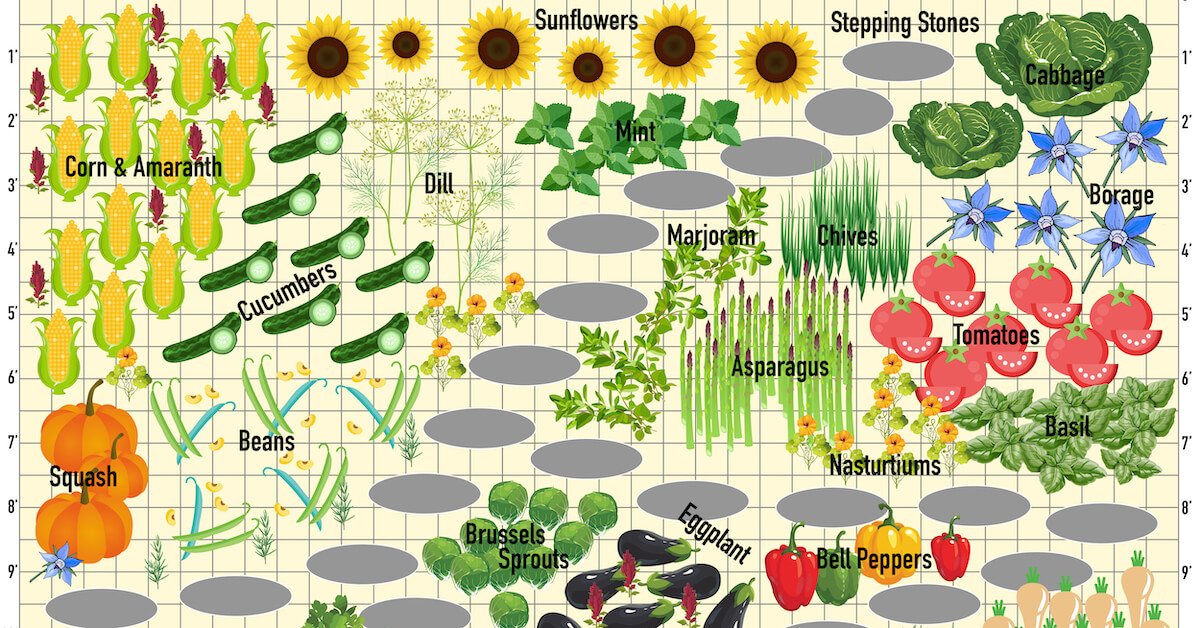The Ultimate Companion Planting Chart For Flowers
The Ultimate Companion Planting Chart for Flowers
Companion planting is a gardening practice of planting certain plants together to benefit each other. By choosing the right companion plants, you can improve the growth, health, and productivity of your flowers.
There are many benefits to companion planting. Some of the most common benefits include:
- Attracting beneficial insects and pollinators. Many flowers attract beneficial insects, such as ladybugs, lacewings, and bees. These insects help to control pests and pollinate your flowers, which can lead to larger and healthier blooms.
- Distracting pests. Some flowers have strong scents or foliage that can distract pests from attacking other plants. For example, marigolds are often planted near vegetables to deter pests such as aphids and beetles.
- Improving soil health. Some flowers, such as legumes, can fix nitrogen in the soil. This can benefit other plants by providing them with a vital nutrient.
- Shading and supporting other plants. Taller flowers can provide shade and support for shorter plants. This can help to protect the shorter plants from the sun and wind, and it can also help to prevent them from getting too top-heavy.
If you're new to companion planting, it can be helpful to use a companion planting chart. A companion planting chart is a visual guide that shows which plants grow well together. There are many different companion planting charts available online and in gardening books.
When choosing companion plants, it's important to consider the following factors:
- Planting requirements. Make sure that the plants you choose have similar planting requirements, such as sun exposure, water needs, and soil type.
- Competitive growth habits. Some plants, such as tomatoes and sunflowers, have aggressive growth habits and can crowd out smaller plants. Avoid planting these plants together.
- Pest and disease resistance. Some plants are naturally resistant to pests and diseases. Planting these plants together can help to protect the other plants in your garden.
- Attracting beneficial insects and pollinators. As mentioned earlier, many flowers attract beneficial insects and pollinators. If you're interested in attracting these beneficial organisms to your garden, be sure to plant flowers that they are attracted to.
Once you've chosen your companion plants, it's time to start planting! When planting companion plants, it's important to follow the instructions on the plant tags. Be sure to plant the plants at the correct depth and spacing.
With a little planning, you can use companion planting to create a beautiful and productive flower garden.
Here are some additional tips for companion planting:
- Experiment. The best way to learn about companion planting is to experiment. Try planting different combinations of plants and see how they interact.
- Keep a journal. Keep a journal of your companion planting experiments. This will help you to track your results and make informed decisions about future plantings.
- Ask for help. If you're not sure which plants to grow together, ask for help from a gardening expert. They can help you to create a companion planting plan that's right for your garden.
Do you want to create a beautiful and productive flower garden? If so, you need to know about companion planting. Companion planting is the practice of planting certain types of flowers together to create a mutually beneficial relationship. Some flowers attract pollinators, while others deter pests. Some flowers help to improve the soil, while others provide shade or support.
If you're not sure which flowers to plant together, a companion planting chart can be a helpful resource. A companion planting chart shows you which flowers are compatible with each other. It can also tell you which flowers to avoid planting together.
There are many different companion planting charts available online. One of the most comprehensive charts can be found at Gardenia Inspiration. This chart includes information on over 100 different types of flowers. It also includes information on the benefits of companion planting and tips for creating a successful flower garden.
So if you're ready to create a beautiful and productive flower garden, visit Gardenia Inspiration today to learn more about companion planting.



Post a Comment for "The Ultimate Companion Planting Chart For Flowers"